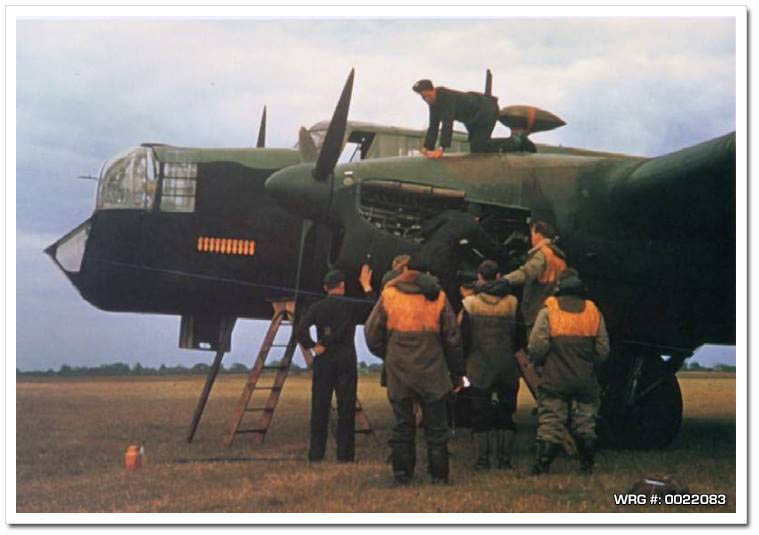BRITISH AVIATION RESOURCE CENTER > BOMBERS > WHITLEY > PREVIOUS PAGE
Operational History
Along with the Handley Page Hampden and the Vickers Wellington, Whitleys bore the brunt of the early fighting, and saw action on the first night of the war when they dropped leaflets over Germany. Amongst the many aircrew who flew the Whitley in operations over Germany was the later to be famous Leonard Cheshire who spent most of his first three years at war flying Whitleys. However, unlike the Hampden and Wellington – which met specification B.9/32 for a day bomber – the Whitley was always intended for night operations, and so did not share the early heavy losses received in attempted daylight raids on German shipping early in the war. Along with Hampdens, the Whitley made the first bombing raid on German soil on the night of 19/20 March 1940, attacking the Hornum seaplane base on the Island of Sylt. Whitleys also carried out the first RAF raid on Italy in 11/12 June 1940.

[Source: WWII Aircraft Crash Sites]
The British Overseas Airways Corporation operated 15 Whitley Mk Vs converted into freighters in 1942. Running night supply flights from Gibraltar to Malta, they took seven hours to reach the island, often landing during air attacks. They used large quantities of fuel for a small payload and were replaced in August 1942 by the Lockheed Hudson, with the 14 surviving examples being returned to the Royal Air Force.
The long-range Coastal Command Mk VII variants were among the last to see front line service, with the first kill attributed to them being the sinking of the German U-boat U-751, on 17 July 1942 in combination with a Lancaster heavy bomber. Having evaluated the Whitley in 1942, the Fleet Air Arm operated a number of modified ex-RAF Mk VIIs from 1944–46 to train aircrew in Merlin engine management and fuel transfer procedures.
Sources:
Gunston, Bill - The Encyclodepia of the Worlds Combat aircraft, 1976, Chartwell Books, Inc., New York
Green, William - War Planes Of The Second World War - Fighters - Vol. 2, 1961, Hanover House, New York
Wikipedia
BRITISH AVIATION RESOURCE CENTER > BOMBERS > WHITLEY > PREVIOUS PAGE
